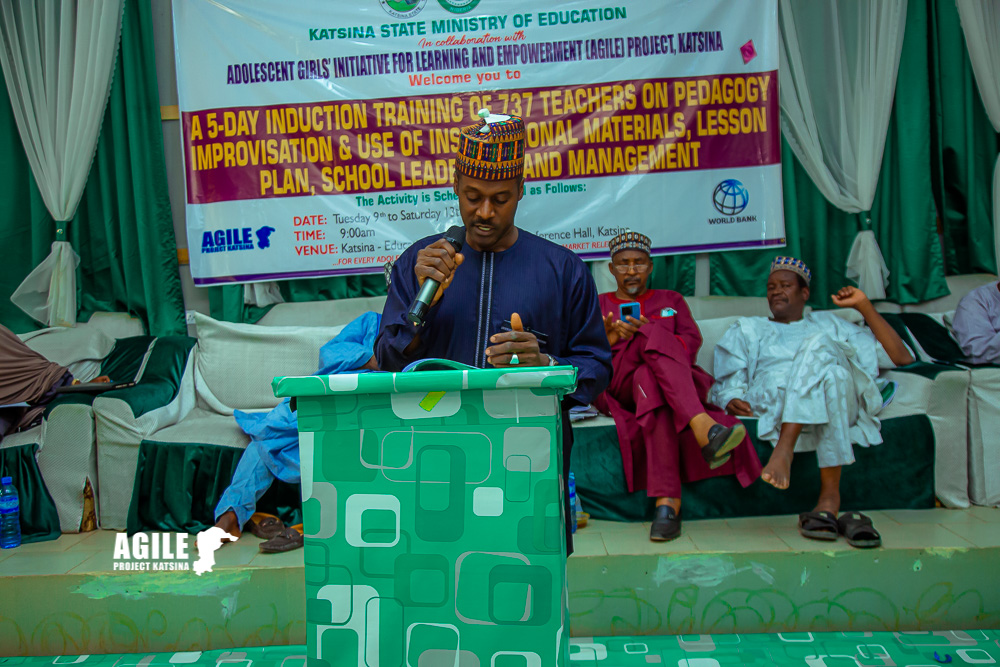Teacher recruitment and deployment for new schools: As part of this subcomponent, participating state governments will be responsible for the recruitment, deployment and financing of approximately 2,000 secondary school teachers (not less than 50 percent of whom should be female) estimated to be needed in each state for the new JSSs and SSSs to be constructed under this subcomponent. Under Component 3, each participating state will be provided with TA to develop a detailed and costed action plan for the recruitment, deployment and training of these new secondary school teachers. The process of recruitment and deployment of teachers is expected to start as soon as the construction sites have been identified and should be completed at least six months before the first school year starts in the newly built schools. Further, construction efforts will be aligned with each state’s network of secondary school expansion strategy the development of which will be supported under Component 3.
“Funding for construction will be linked to the implementation of teacher recruitment costed action plan in the states.”
Funding for the JSS and SSS construction will be provided in tranches based on verification for completion of activities on construction work and implementation of teacher recruitment costed action plan. It will also align with each state’s network of secondary school expansion strategy which will be developed with TA provided under Component 3.
The state government would be responsible for development and endorsement of the detailed and costed action plan which would be incorporated in the state budget and the budget for teacher recruitment and deployment. The SME will beresponsible for the recruitment and deployment of the new teachers to JSS and SSS (sections) to be constructed by the project (estimated at around 2,000 per state).


We must prioritize education reform to bridge gaps in educational equity, preparing our students for the challenges and opportunities of the future. Education is the key to unlocking human potential and fostering informed, engaged citizens. We owe it to our children to provide them with the best possible education and the tools they need to thrive in an ever-changing world.
- Equitable funding
- Supporting educators
- Updating curricula
- Safe Learning Environments
- Promoting technological integration
- Global education
- Alternative Education Models
Addressing the education issue requires a multifaceted approach. Here are some potential solutions:
- Equitable Funding: Ensure that schools in underserved communities receive adequate funding, resources, and infrastructure to provide quality education. Implementing fair funding formulas can help bridge funding gaps.
- Teacher Support: Invest in teacher training, professional development, and competitive compensation to attract and retain skilled educators. A motivated and well-supported teaching workforce is essential for student success.
- Universal Early Childhood Education: Expand access to high-quality early childhood education programs, as early education is crucial for setting a strong foundation for lifelong learning.
- Technology Integration: Promote the responsible use of technology in education, including providing students with access to digital devices and reliable internet connections, particularly in underserved areas.
- Mental Health Services: Integrate mental health support within schools to address the emotional well-being of students, teachers, and staff.
Tackling the education issue calls for a united effort involving policymakers, educators, parents, and communities. These proposed solutions can mark the beginning of our journey toward creating a more equitable, inclusive, and effective education system. By putting these strategies into action and staying committed to educational reform, we can establish a more inclusive, flexible, and responsive educational system that equips students with the necessary skills and knowledge to thrive in a constantly evolving world.

